Extending a trailer frame is a crucial modification for those seeking additional cargo space, improved stability, or enhanced functionality. At CarMax Trailer, we understand the intricacies involved in modifying trailer frames to meet diverse transportation needs. This guide delves deep into the process of extending a trailer frame, offering detailed, step-by-step instructions, essential tips, and expert insights to ensure a successful and safe modification.
Understanding Trailer Frame Extension
Extending a trailer frame involves adding length to the existing structure to increase its carrying capacity or accommodate larger loads. This modification is common among businesses that require more space for transporting goods or individuals needing larger recreational trailers. Proper frame extension ensures that the trailer maintains structural integrity, safety, and performance.
Why Extend a Trailer Frame?
- Increased Cargo Capacity: Accommodate larger or more items per trip.
- Enhanced Stability: Improved weight distribution leads to better handling.
- Customization: Tailor the trailer to specific needs, whether for commercial use or recreational purposes.
- Future-Proofing: Anticipate growth in cargo requirements or business expansion.
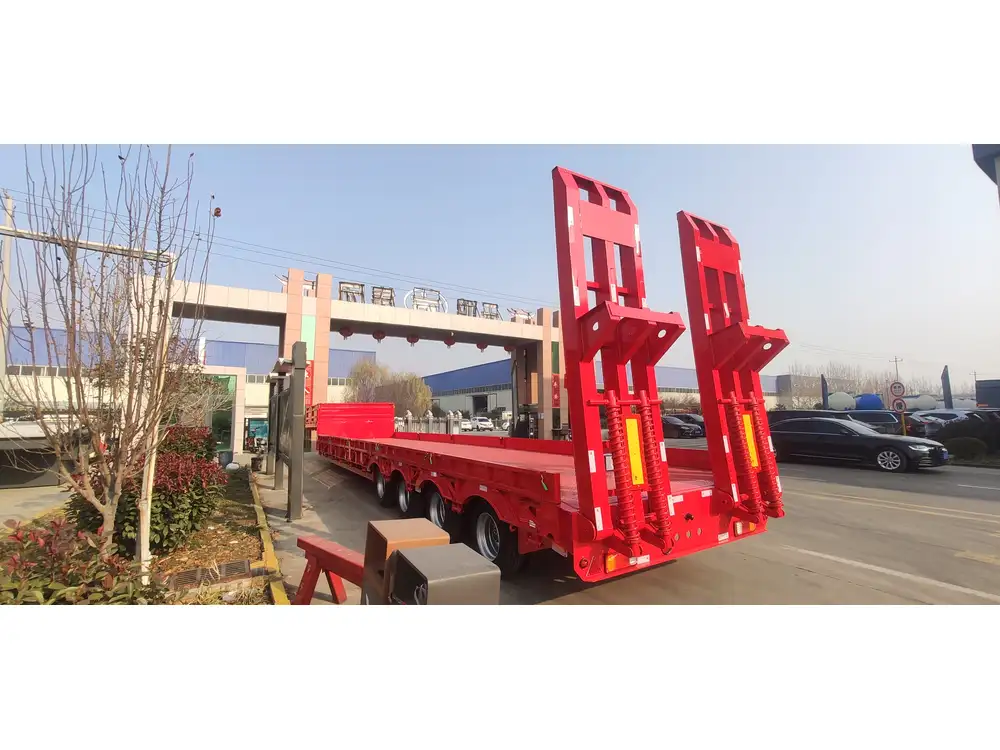
Benefits of Extending a Trailer Frame
| Benefit | Description |
|---|---|
| Enhanced Capacity | More space allows for transporting larger or more numerous items. |
| Improved Stability | A longer frame can distribute weight more evenly, reducing sway. |
| Versatility | Custom extensions can cater to specific needs, from oversized equipment to luxury setups. |
| Economic Efficiency | Fewer trips needed to transport the same amount of goods, saving time and fuel. |
Tools and Materials Needed
Successfully extending a trailer frame requires the right tools and materials. Here’s a comprehensive list to get you started:
Tools
- Measuring Tape
- Angle Grinder
- Welder (MIG or TIG)
- Drill and Drill Bits
- Clamps
- Socket Set
- Level
- Safety Gear (Gloves, Goggles, Welding Mask)
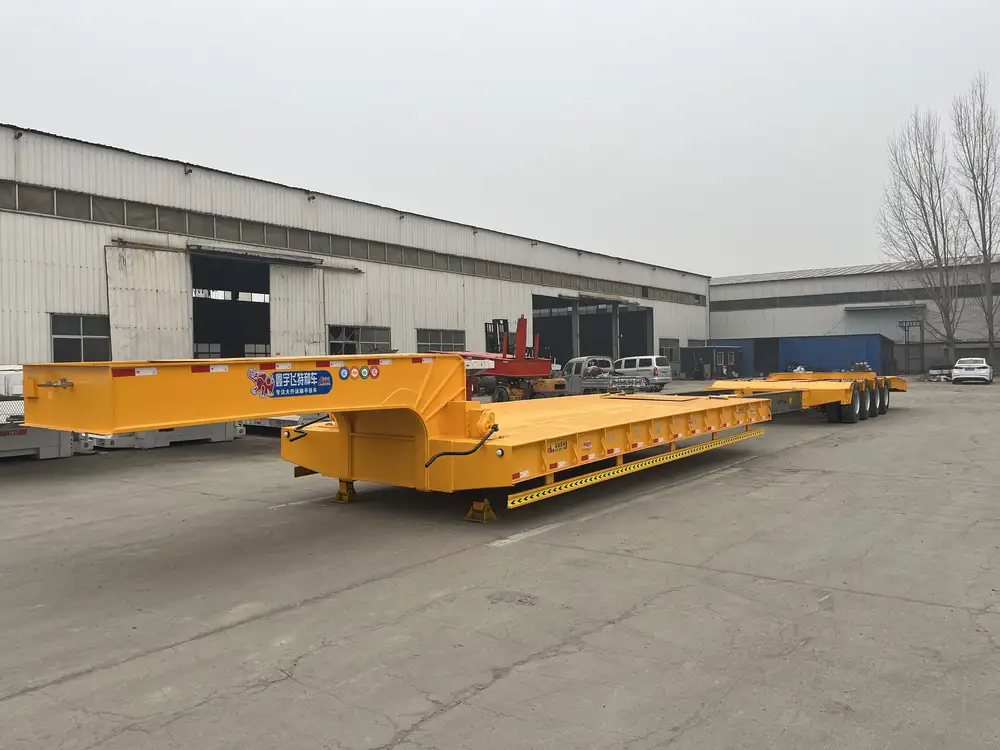
Materials
| Material | Purpose |
|---|---|
| Steel Beams | Provide the additional length and strength for the extended frame. |
| Welding Rods/Wire | For welding the new sections to the existing frame securely. |
| Bolts and Fasteners | Used for attaching components that may require disassembly in the future. |
| Frame Brackets | Ensure proper alignment and support between the original and extended sections. |
| Rust-Proof Paint | Protects the extended frame from corrosion and enhances longevity. |
Step-by-Step Guide to Extending a Trailer Frame
Extending a trailer frame is a meticulous process that demands precision and attention to detail. Follow these steps to ensure a successful modification.
Step 1: Planning and Measuring
Accurate Planning is the foundation of a successful frame extension.
- Determine the Desired Length: Assess how much additional length you require based on cargo needs.
- Measure the Existing Frame: Document the current dimensions, noting attachment points and structural elements.
- Design the Extension: Sketch a detailed plan, ensuring alignment with the trailer’s existing design for balance and stability.

Step 2: Selecting Appropriate Materials
Choosing the right materials is critical for maintaining the trailer’s strength and durability.
- Steel Quality: Opt for high-grade steel beams that match or exceed the strength of the original frame.
- Compatibility: Ensure that new materials are compatible with existing components to facilitate seamless integration.
- Weight Considerations: Balance the need for strength with the overall weight, avoiding unnecessary bulk that could impair performance.
Step 3: Disassembling the Existing Frame
Carefully preparing the existing frame ensures a smooth extension process.
- Remove Components: Detach the axle, wheels, and any attached accessories that might obstruct the extension.
- Clean the Frame: Remove rust, debris, and old paint to provide a clean surface for welding.
- Inspect for Damage: Check for any existing wear or damage that needs addressing before proceeding.
Step 4: Extending the Frame
This is the core phase where the frame is physically extended.
- Cutting and Preparing New Sections: Precisely cut the steel beams to match the planned extension length.
- Alignment: Use clamps and levels to ensure the new sections align perfectly with the existing frame.
- Welding: Secure the new sections to the original frame using appropriate welding techniques. Ensure strong, uniform welds to maintain structural integrity.
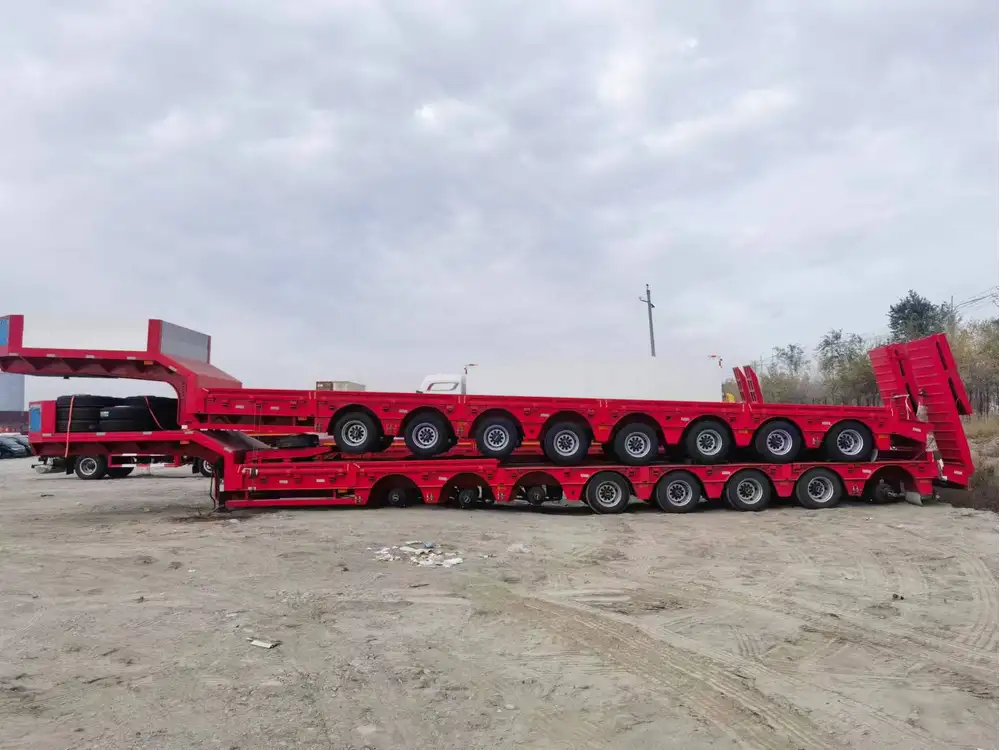
Step 5: Reinforcing and Securing Joints
Strengthening connections is vital for safety and durability.
- Frame Brackets: Install additional brackets at joints to provide extra support.
- Bolt Fasteners: Where applicable, use high-strength bolts to secure joints, allowing for future disassembly if needed.
- Inspection: Thoroughly inspect all welds and fasteners to ensure they meet safety standards.
Step 6: Reassembling and Final Adjustments
Bringing the trailer back to its functional state requires careful reassembly.
- Reattach Components: Securely reattach the axle, wheels, and any accessories previously removed.
- Balance Check: Ensure the trailer is balanced, with weight evenly distributed across the extended frame.
- Final Inspection: Conduct a comprehensive check for any overlooked issues, reinforcing as necessary.
Safety Considerations
Safety is paramount when extending a trailer frame. Adhere to the following guidelines to prevent accidents and ensure the longevity of the modification.
- Structural Integrity: Ensure all welds and connections are strong and secure to handle the increased load.
- Load Distribution: Proper distribution prevents excessive strain on any single part of the frame.
- Compliance: Adhere to local regulations and standards governing trailer modifications to ensure legality and safety.
- Protective Gear: Always wear appropriate safety equipment during the modification process to protect against injuries.

Common Challenges and Solutions
Extending a trailer frame presents several challenges. Here’s how to overcome them:
Challenge 1: Maintaining Structural Integrity
Solution: Use high-quality materials and ensure precise welding. Reinforce joints with additional brackets and fasteners to distribute stress effectively.
Challenge 2: Ensuring Proper Alignment
Solution: Utilize laser levels and precise measuring tools during the alignment process. Double-check measurements before welding to prevent misalignment.

Challenge 3: Balancing Weight Distribution
Solution: Strategically place heavier components to maintain an even weight distribution. Consider the center of gravity to enhance stability during transportation.
Challenge 4: Navigating Local Regulations
Solution: Research and understand local laws regarding trailer modifications. Consult with professionals or local authorities if unsure about compliance requirements.
Costs Involved in Extending a Trailer Frame
The cost of extending a trailer frame varies based on several factors. Here’s a breakdown to help you budget effectively:
| Cost Component | Estimated Range |
|---|---|
| Materials | $200 – $500 |
| Labor | $300 – $800 (depending on complexity) |
| Tools and Equipment | $100 – $300 (if not already available) |
| Additional Parts | $50 – $150 |
| Total Estimated Cost | $650 – $1,750 |
Note: Costs can vary based on geographic location, availability of materials, and the specific requirements of the trailer.

Alternatives to Frame Extension
If extending a trailer frame seems daunting, consider these alternatives:
1. Adding a Second Trailer
Purchase an additional trailer to increase overall hauling capacity without modifying existing equipment.
2. Utilizing Bungee Straps and Ropes
Use flexible securing methods to carry larger loads without the need for frame modifications.
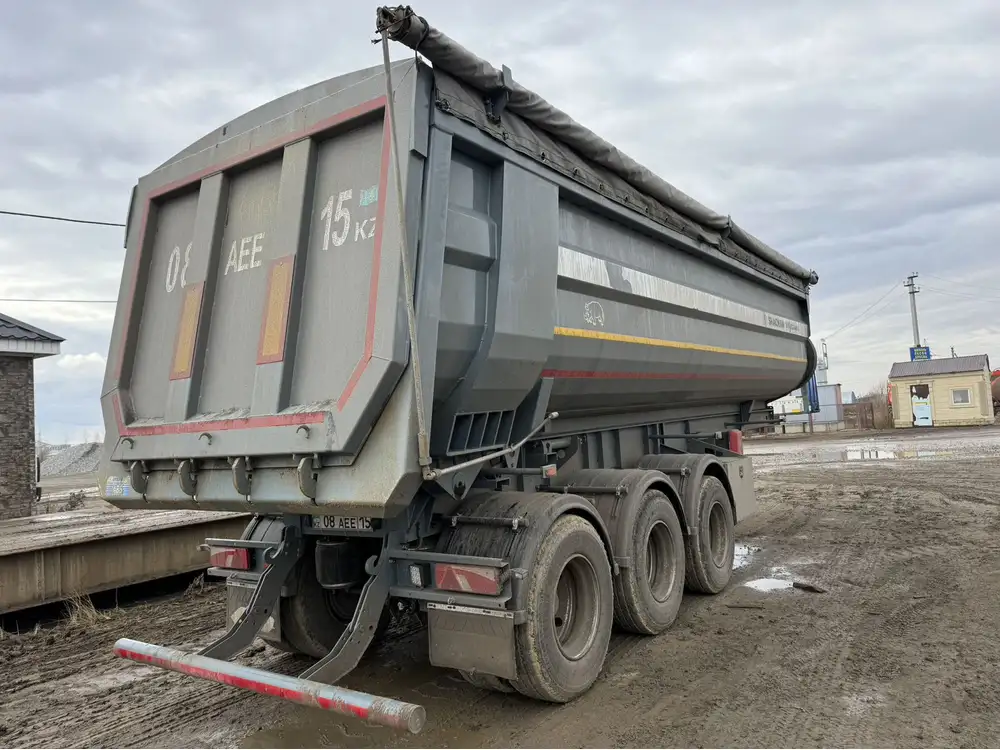
3. Investing in a Custom Trailer
Opt for a trailer designed to meet your specific requirements from the outset, eliminating the need for modifications.
4. Modular Attachment Systems
Employ modular systems that allow for easy attachment of extra sections as needed, providing flexibility without permanent changes.
Maintenance After Extension
Proper maintenance ensures the longevity and safety of the extended trailer frame.
- Regular Inspections: Frequently check welds, bolts, and brackets for signs of wear or stress.
- Rust Prevention: Apply rust-proof paint and inspect for corrosion, especially in high-moisture environments.
- Lubrication: Keep moving parts adequately lubricated to prevent wear and tear.
- Load Management: Avoid overloading the trailer to maintain structural integrity and safety.

Why Choose CarMax Trailer for Custom Frame Extensions
At CarMax Trailer, we pride ourselves on delivering top-notch trailer modifications tailored to your specific needs. Here’s why partnering with us is the best choice for extending your trailer frame:
Expertise and Experience
With years of experience in trailer manufacturing and modification, our team possesses the knowledge and skills to execute frame extensions with precision and excellence.
Quality Assurance
We use only the highest quality materials and adhere to strict quality control standards to ensure every modification meets and exceeds industry standards.
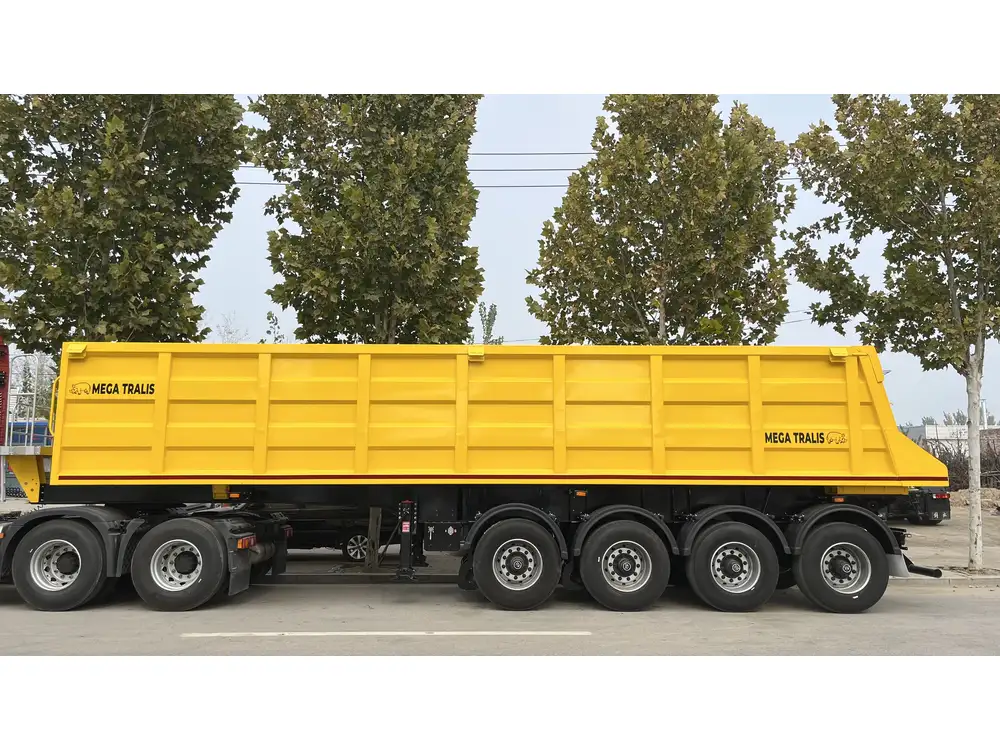
Customized Solutions
Understanding that every client has unique requirements, we offer customized frame extensions designed to align perfectly with your operational needs and preferences.
Customer Support
Our dedicated customer support team is available to assist you throughout the modification process, addressing any concerns and ensuring a smooth experience from start to finish.
Competitive Pricing
We offer competitive pricing without compromising on quality, providing excellent value for your investment in trailer modifications.

Conclusion
Extending a trailer frame is a strategic modification that can significantly enhance your hauling capabilities, stability, and overall functionality. By following the detailed steps outlined in this guide and leveraging the expertise of CarMax Trailer, you can achieve a successful and safe frame extension that meets your specific needs. Whether you’re expanding your business operations or customizing your recreational trailer, CarMax Trailer is your trusted partner in delivering quality, reliability, and excellence in every modification.
Frequently Asked Questions
1. Can I extend my trailer frame myself, or should I hire a professional?
While it’s possible to extend a trailer frame yourself with the right tools and expertise, hiring a professional ensures that the modification is done safely and correctly, adhering to all relevant standards and regulations.

2. How much weight can an extended trailer frame handle?
The weight capacity of an extended trailer frame depends on the materials used and the quality of the modification. It’s essential to consult with CarMax Trailer to determine the appropriate specifications based on your specific needs.
3. Will extending my trailer frame affect its maneuverability?
A properly extended trailer frame should maintain or even improve maneuverability by ensuring balanced weight distribution and enhanced stability. However, significant extensions may require adjustments to towing practices.
4. How long does it take to extend a trailer frame?
The time required to extend a trailer frame varies based on the complexity of the modification. On average, a professional frame extension can take anywhere from a few days to a week, including planning, modification, and quality checks.
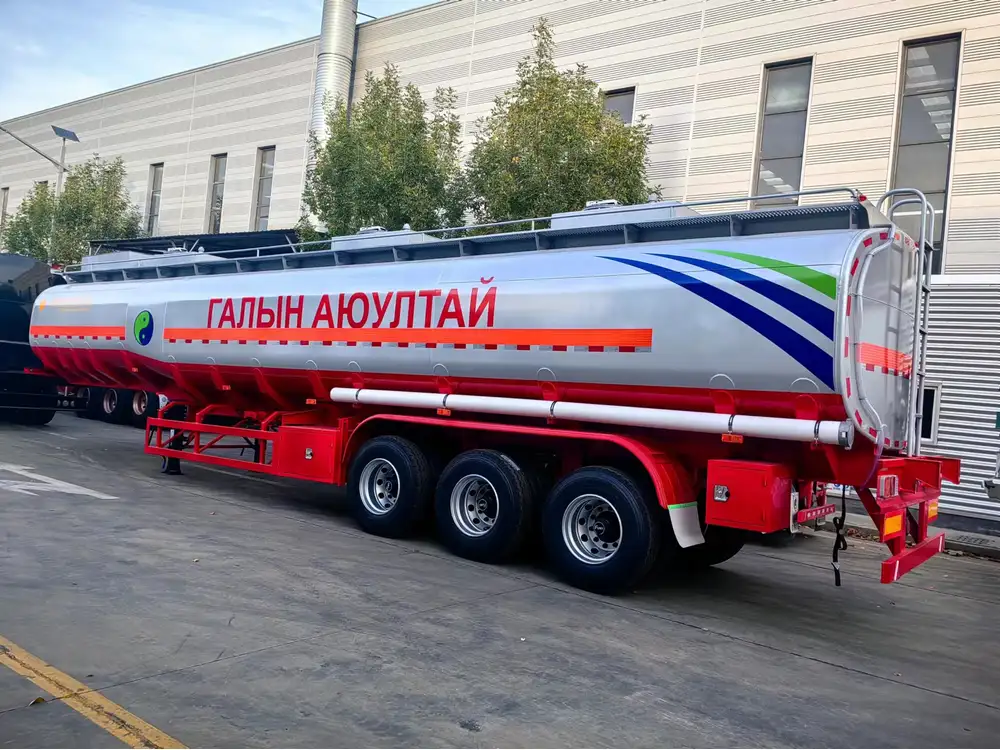
5. Are there any legal considerations when extending a trailer frame?
Yes, modifying your trailer frame must comply with local transportation regulations and safety standards. It’s advisable to consult with local authorities or a professional like CarMax Trailer to ensure all modifications are legally compliant.



